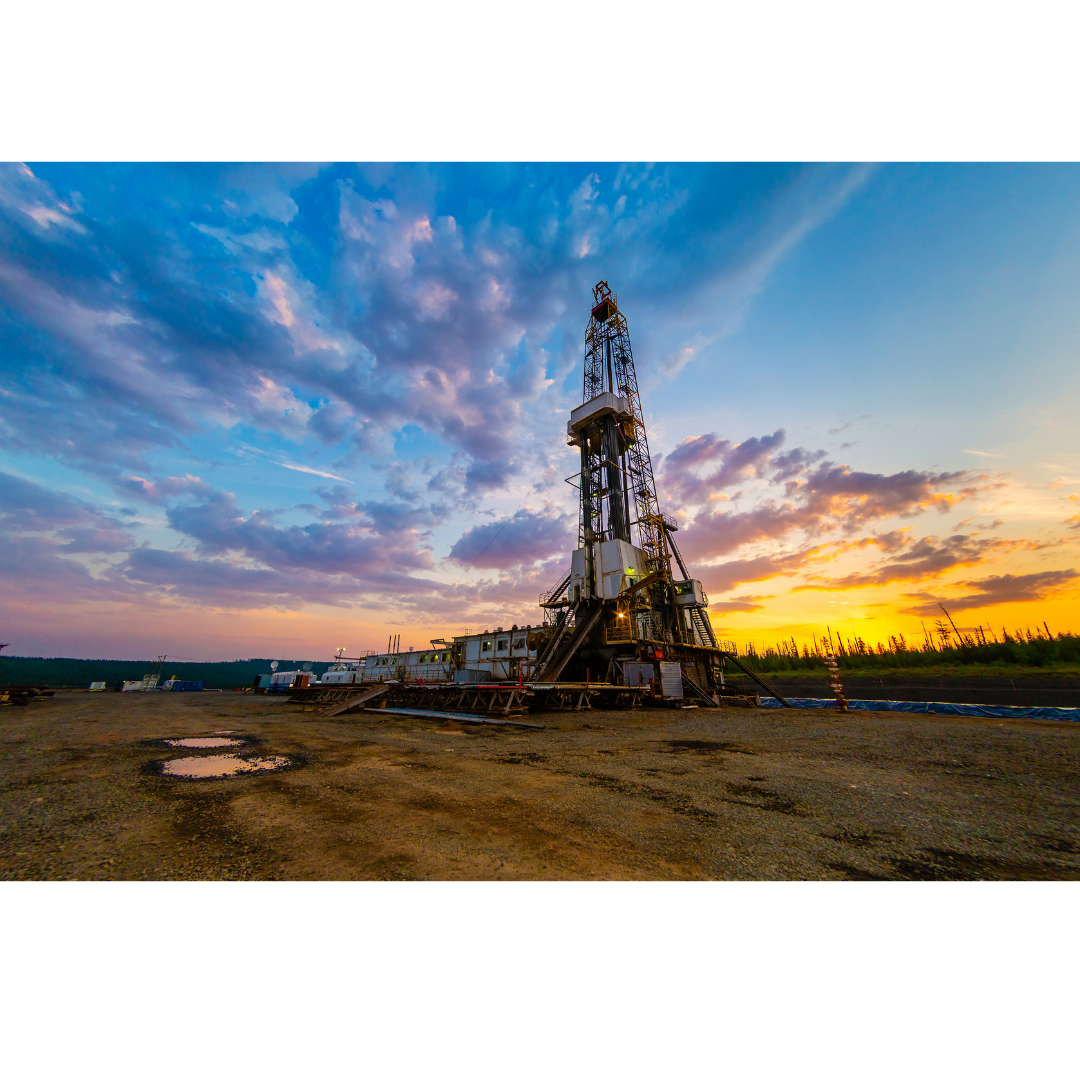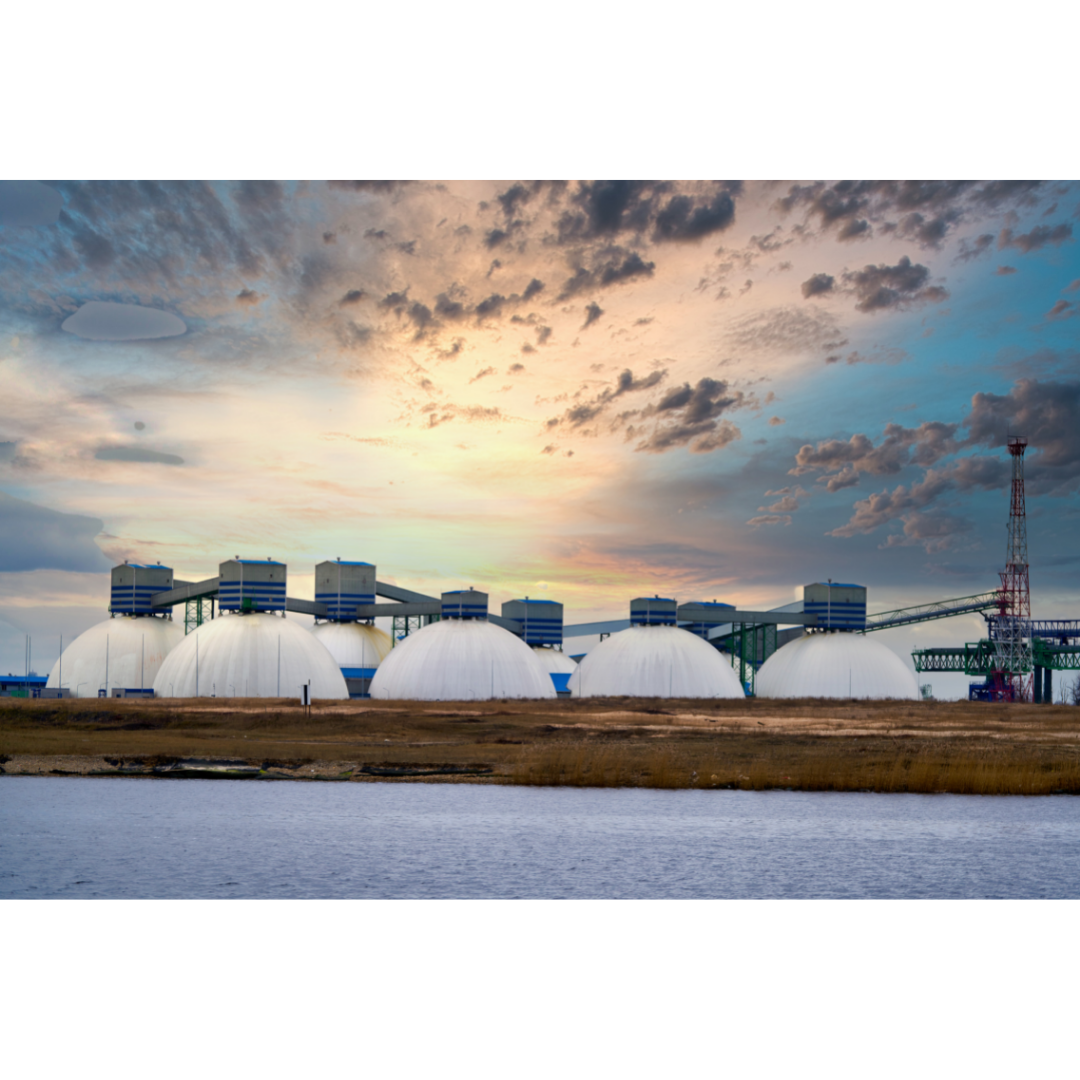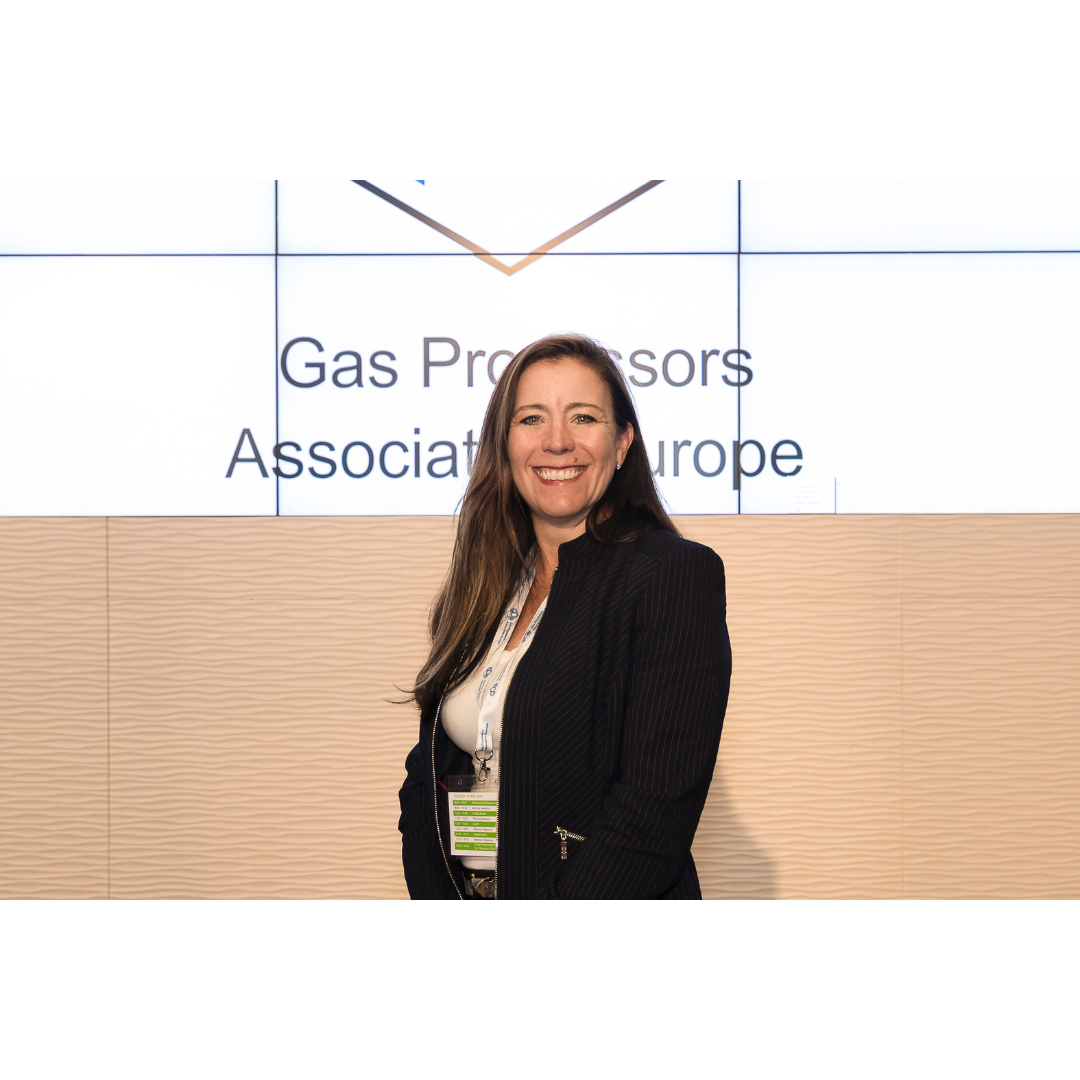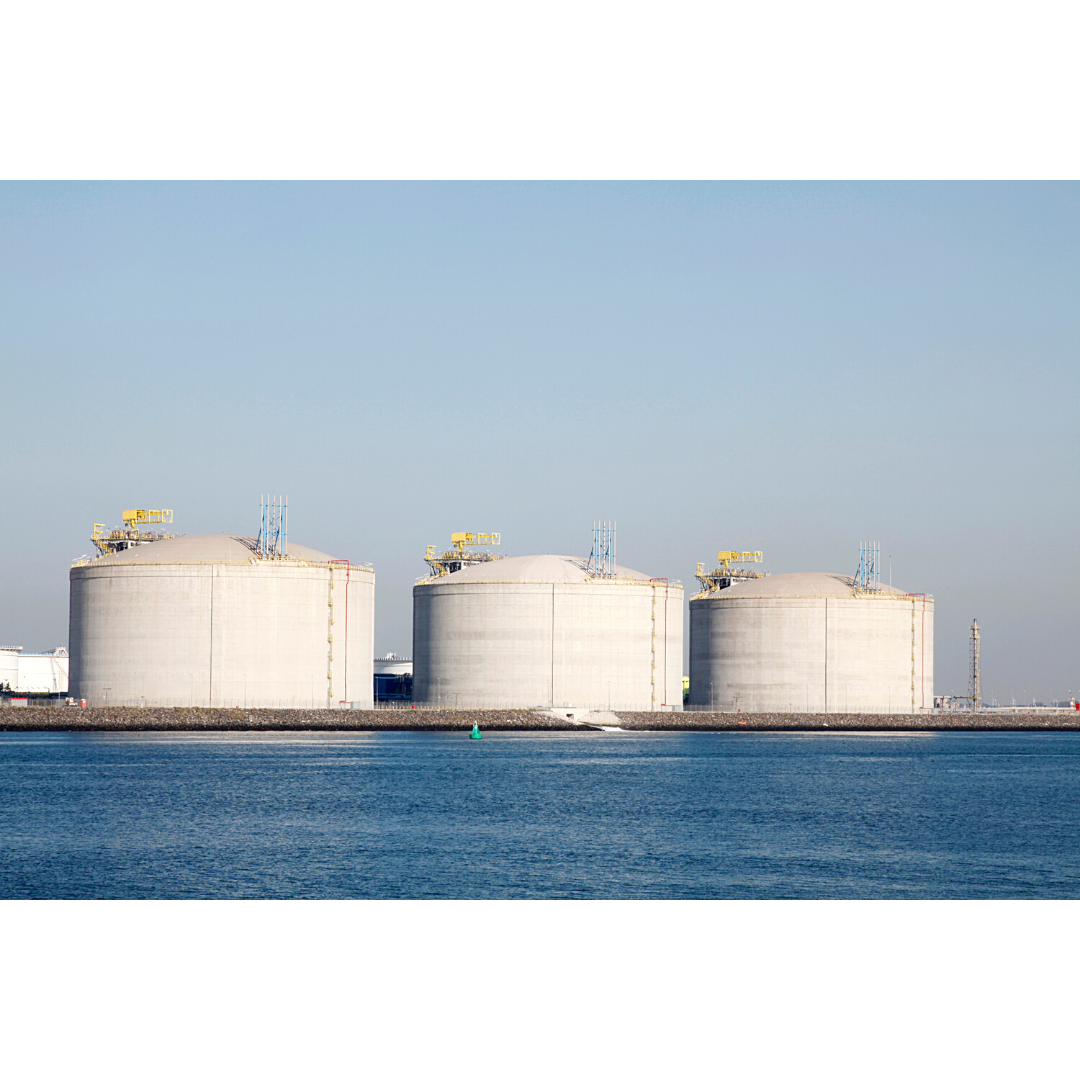
Onshore Gas Gathering Systems – Concept Selection, Basic Design & Operation (Part 1)
August 24, 2021
|
Facilities Topics
Part 1 : Shale gas is typically considered an “unconventional” resource, along with tight gas and coalbed methane. Of these three, coalbed methane (CBM) has several characteristics that make it quite different than shale gas and tight gas, including: shallow depth, low pressure and temperature, and the need for a significant early life “de-watering...
View Article

GNL/ Plantas de Gas: Problemas y Soluciones
August 18, 2021
|
Tip of the Month
Existen tres unidades claves de procesamiento, vis. Unidad de Remoción del Gas Acido (AGRU/URGA), Unidad de Deshidratación por Tamices Moleculares (MSDU/UTMD), y la Unidad de Remoción de Mercurio (MRU/URM) que son comunes tanto en el procesamiento del gas, así como facilidades del GNL. En este Previo del Mes (PDM), se anali...
View Article

LNG / Gas Plants: Problems & Solutions
There are three key processing units, viz. Acid Gas Removal Unit (AGRU), Mol Sieve Dehydration Unit (MSDU) and Mercury Removal Unit (MRU) that are common in both gas processing, and LNG facilities. In this TOTM, we discuss some common operating problems associated with these process units and suggests ways to troubleshoot the root cause of these op...
View Article

Instructor of the Month | Kindra Snow-McGregor
Let me introduce you to one of our incredible instructors, Kindra Snow-McGregor. Kindra is the Technical Director of Oil and Gas Processing at PetroSkills | John M. Campbell and is the instructor for a lengthy list of courses including Overview of Gas Processing - G-2, Gas Conditioning and Processing - G-4, and all of our G-4 Short Courses, to name...
View Article

Development of 7% Nickel Steel for LNG Storage Tanks
The construction costs of LNG storage tanks are very high, mainly due to the availability and cost of nickel. Most LNG storage tanks built in the modern era use 9% wt nickel steel as the materials of construction because of the materials well documented toughness at cryogenic temperatures. This article looks at advances in cryogenic metallurgy in...
View Article

LNG Containment Tanks: Why is the internal liner 9% Ni and not 7% Ni?
The base material for the tank containing the liquid gas (such as LNG) at below -165°C (-265°F) must remain ductile and crack resistant with the highest level of safety. The material must also permit welding without any risk of defects, for example, induced brittle fracture. Stainless steels, aluminum and 9% nickel steels can be used as they do no...
View Article



